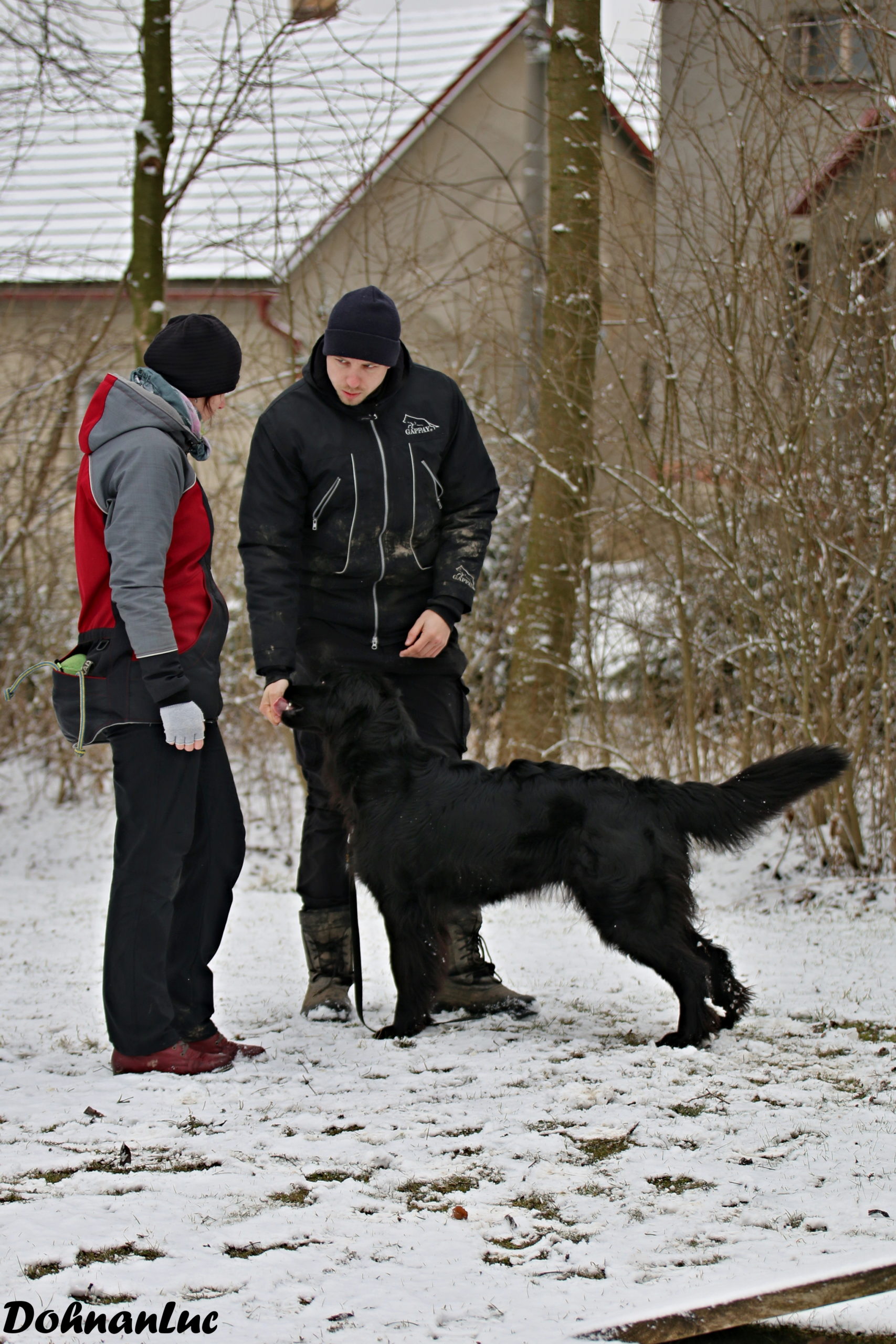
02 Lis Understanding Your Training Methods and Having Faith in Them
One of the issues I see with many dog handlers that I personally work with is lack of information. Most of them are usually pretty enthusiastic about the sport, motivated, and they want to train and train well. However, they usually don’t have enough information, knowledge, and experience to do that successfully. One of my goals is to remedy that, hence this blog and all its resources you are reading right now.
Today’s topic is an extension of this problem. We are not talking about the lack of information today, but something perhaps more subtle and more easily overlooked: a lack of understanding and faith.
Knowing and using a good training method isn’t good enough
I see this time and time again. An enthusiastic dog handler learns something—perhaps a different way to reward their dog while heeling or how to teach dumbbell holding. Maybe they watched a video online, read an article, or were even taught that method by a trainer during regular or online coaching.
Let’s presume the method is sound, actually makes sense, and works. Oftentimes, this is not the case; but just for the sake of the argument, let’s say it’s a good method I would personally use as well as having seen it work with many other dogs. Let’s also assume it fits the dog and the handler, so it really should work.
When I watch the handler performing said method, I can immediately see something is off. It’s not that they are doing it wrong—maybe just slightly wrong, but nothing that should reduce the effectiveness very much. It just doesn’t feel right; although, at first glance, everything appears to be okay.
The problem is that it’s not working. The method is not doing what it’s supposed to be doing, the dog doesn’t understand or doesn’t react the way one would presume he should react, and the problem the handler is trying to fix simply stays the same or even gets worse.
Something is not right. Care to guess what it is?
Understand and believe; only then can you lead
In these situations, it’s usually a lack of understanding and—closely related to it—faith that is messing up the training. It’s not enough to just learn a method, not enough to just know how it’s done. You have to understand why you are doing what you are doing, and you have to be convinced or at least have faith that it’s going to work.
This is one of the most important reasons why I put so much emphasis on answering every “why?” question my clients ask, and I think every trainer should do that. Knowledge without understanding is almost useless.
The problem is that if you yourself don’t understand the method, then you doing the method correctly is essentially pure luck. Since you don’t know what the meaning of it is, it is very easy to make a minuscule but crucial mistake, which ruins the whole point of the method. You don’t know what to pay attention to nor how you can accurately judge the effectiveness of the method.
Moreover, not understanding the method means that you can hardly be truly convinced that it is a good one. How could you have faith in and lean on something you don’t even understand?
Not to mention, dogs aren’t stupid. They can tell pretty easily if you know what you are doing or if you are just blindly feeling your way around—and they don’t like to be lead by a metaphorically blind handler who doesn’t know what he or she is doing.
You have to understand what you are doing, how it’s done, and—most importantly—why. You have to think about that and decide for yourself if it’s something you think will work for you and your dog. Only then can the method be of any use to you. Copying someone else’s method without knowing these details will rarely bring you anything worthwhile.
Always ask “Why?”
So what’s the takeaway here? When you learn something new, don’t settle for surface information. Dive deeper, ask questions, and know that you can always get in touch with me and ask more “why” questions than a three-year-old child. I will happily answer all of them.
I want you to walk out on that training field with confidence and let your dog feel that you know what you are doing. Only then can you really decide if the method is right for you and your dog or if it just doesn’t suit one of you.
Only when you understand it, apply it correctly, and believe in it does it have any chance of succeeding. And, of course, it can still fail even then. But in that situation, you can at least be sure that it’s simply not the right fit for you and your dog, and you can then go search for something else. Finding out what doesn’t work for the two of you is almost as important as finding out what does work.
Many handlers are not used to putting so much thought into their training, and this problem likely wouldn’t even occur to them. Without even being aware of the problem, it has the potential to severely hinder their training. They may use methods they don’t understand or abandon methods that would work wonderfully simply because they don’t see immediate results.
Fortunately, you are different. You are mindful. Thank you for that, and good luck with your training.
